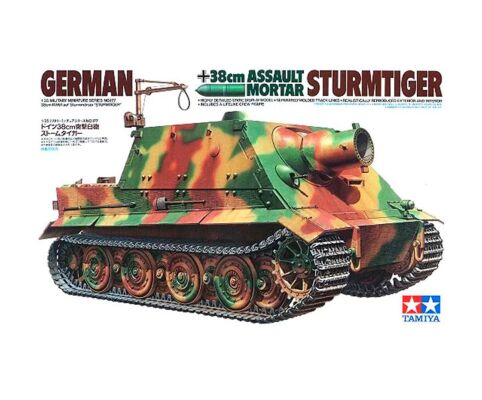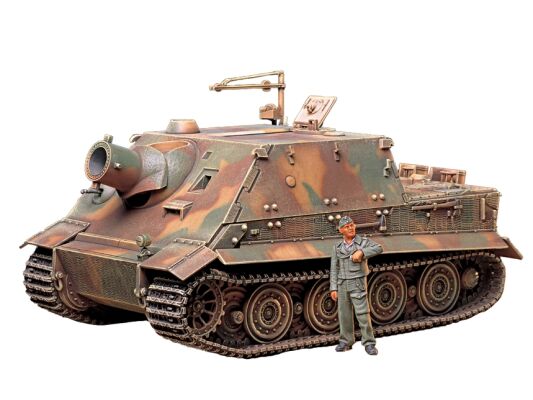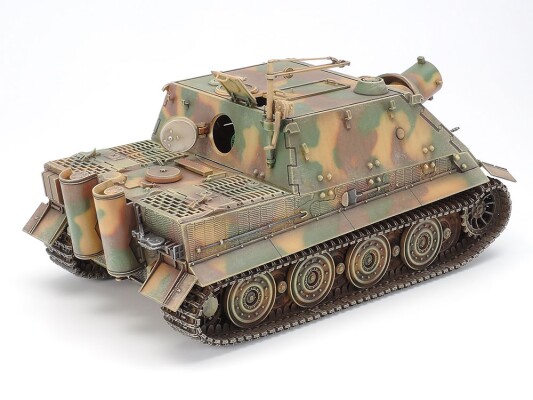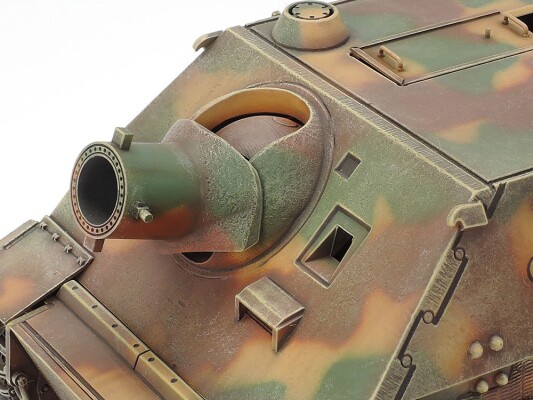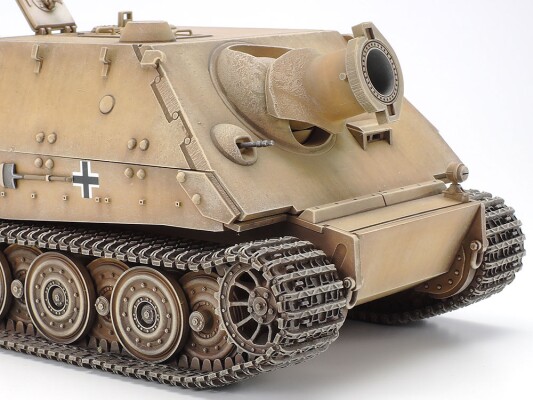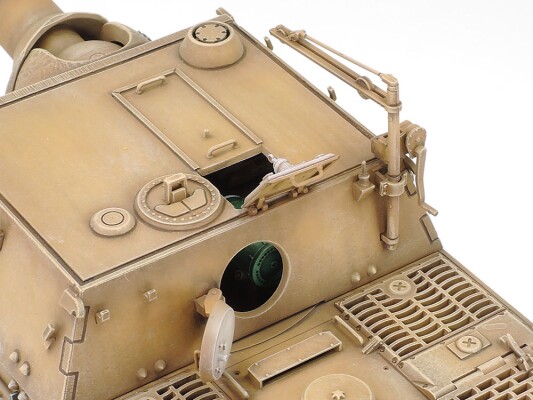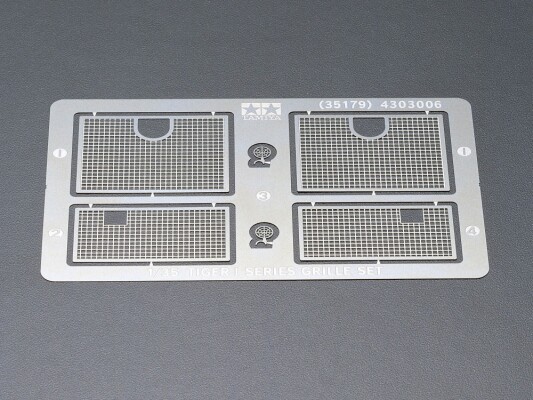Description
Scale plastic model in 1/35 of the self-propelled gun Sturmtiger 38 CM Tamiya 35177 with delivery all over Ukraine and in stores in Kyiv and Odessa.
Paints and glue are not included!
The kit includes:
sprues with parts,
decal,
model painting scheme,
step-by-step instruction.
A very rare variant of the feared Tiger I heavy tank was the Sturmtiger assault gun, equipped with a giant 38cm mortar on the tank's chassis. Development began in August 1943 and was intended for use against heavily fortified areas. The short-barreled L/5.4 mortar type RW61 was originally developed by Rheinmetall-Borsig to protect the ground-based German fleet from attack by enemy submarines. To withstand strong recoil of up to 40 tons, a robust chassis was chosen for the Tiger I. It was decided to use only those chassis/hulls that were sent back from the front, so as not to affect the new production of the tank. The fighting compartment was a box-shaped superstructure, bolted to the very bottom of th
